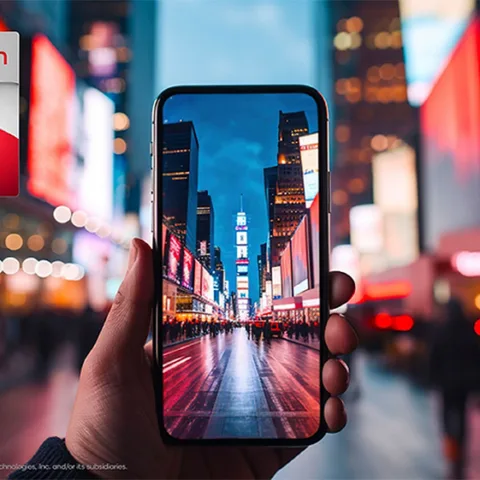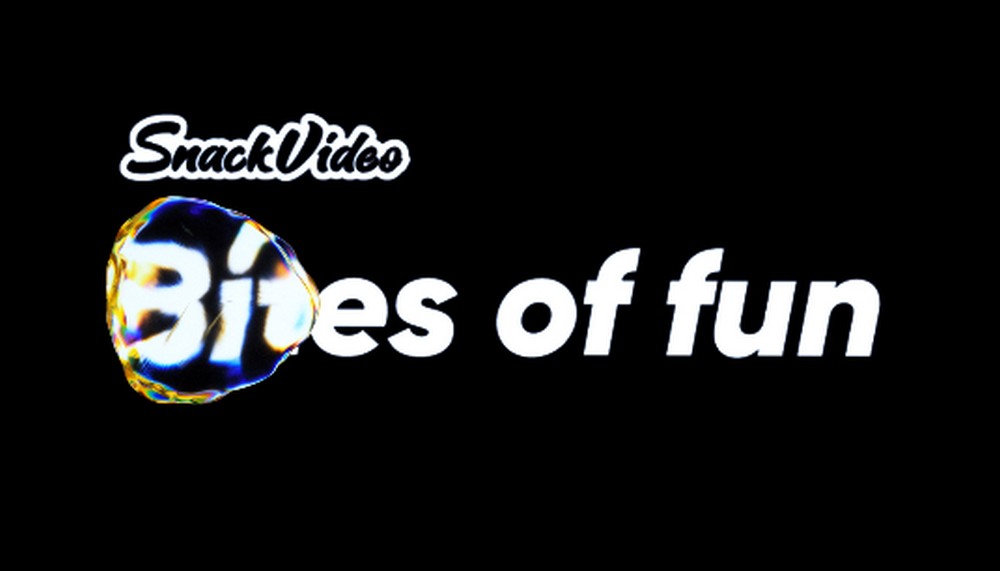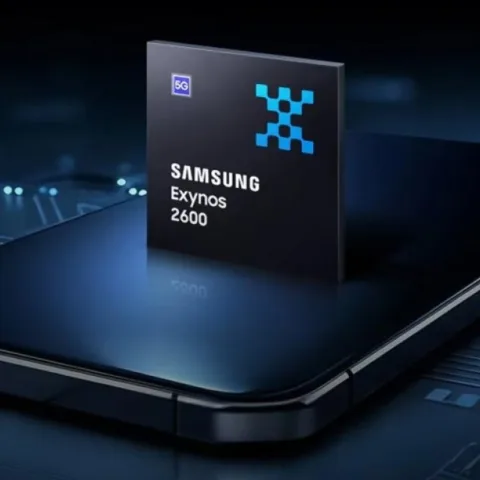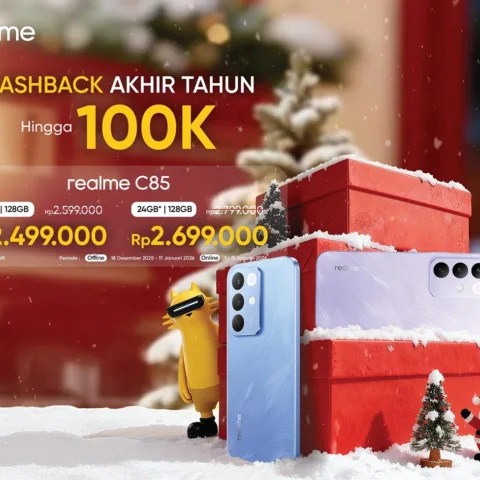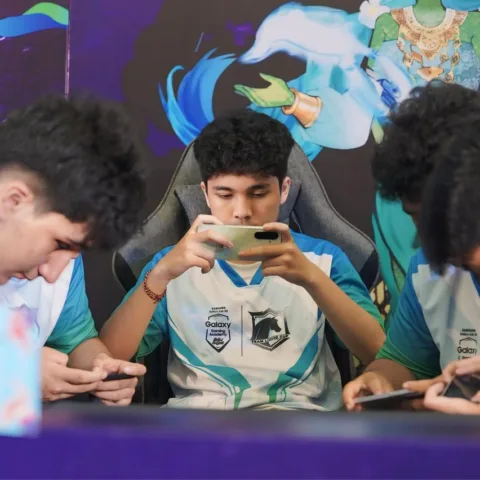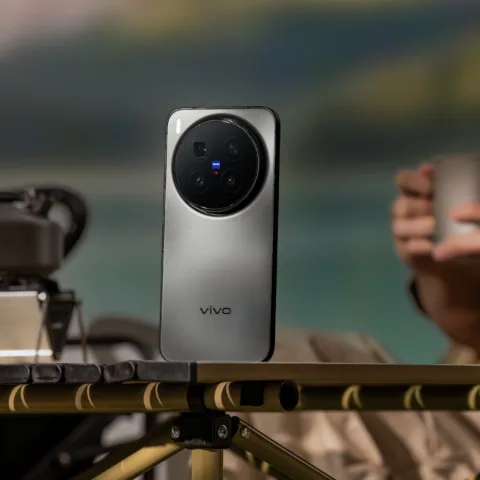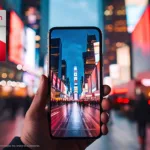 We heard many applications for BlackBerry smartphones, IOS, Android in our daily life. What about applications for feature phones, Java (J2ME) based mobile phones with the price below 2 million rupiah? Can the feature phone users who have limited budget enjoy the “luxury” to access the Internet and use a popular applications services variety?
We heard many applications for BlackBerry smartphones, IOS, Android in our daily life. What about applications for feature phones, Java (J2ME) based mobile phones with the price below 2 million rupiah? Can the feature phone users who have limited budget enjoy the “luxury” to access the Internet and use a popular applications services variety?
Previously, Snaptu an Israeli developer has targeted such segments. Snaptu product was quite popular until it was acquired and being shut down by Facebook. Now we have Blaast. Blaast is originated from Finland and they intended to increase the users’ interest for their local application. This goal was warmly welcomed by XL Axiata as their operator partner. Thus XL Blaast is officially announced today. We have covered Blaast for several times, from the introduction to application development contest that have been conducted some time ago.
CEO and Co-Founder Blaast, Joonas Hjelt along with XL Director of Technology, Content & New Business, Dian Siswarini, introduced XL Blaast service to public in Kempinsky Grand Ballroom. Unlike the service that we’ve already known, Blaast isn’t just an application. Blaast is a “platform in the platform”. We can use Blaast to access popular applications like Facebook and Twitter, playing light games, and read the news in various media services – including DailySocial. All summed up in one service platform that store all the applications in cloud.
Currently Blaast XL has successfully attracted more than 1000 local developer to join Planet Blaast App. There are already more than 100 local applications made on the platform and they are compatible with more than 500 different devices which support Java technology. BlackBerry is including in the list and designated to be able to run Blaast well, although this platform isn’t the main focus of the target user. The main focus is the Nokia feature phone users and local brands such as S Nexian, Tiphone, CSL Blueberry and so on.
Why Blaast (which is originated from Finland) came all the way to Indonesia in order to find the target market? It’s simple. First, in Finland and the European countries in general, feature phone market can be considered “dead”. In order to live, Blaast should be targeting costumers in third world countries. Indonesia as we know is an active country and well known on the Internet. The second largest facebook user and one of the nation’s largest Twitter user certainly becoming an attractive targeted costumer for Blaast.
Blaast is a Finnish technology startup founded in 2010 and get funding from various parties, including a number of Skype founder engineers and former Vice President of Nokia. Blaast was listed in the 25 best technology companies during ETT Web & Mobility Summit 2011 event.
Blaast XL will be available exclusively for 6 months in the third largest operator in Indonesia. XL currently has 44 million subscribers.24 million of them are registered the Internet service. With revenue from telephone and SMS continues to decline, of course, this service would represent an interesting alternative to increase operator’s revenues. XL Blaast can be enjoyed for free by XL users during first two weeks, then we can still continue to enjoy by paying IDR 1100/day (or IDR 33,000/month).
Apart of trying to embrace the developers, Blaast is also providing education for students who want to involve in the mobile world. This initiative is called Blaast Class and now run at CCIT Faculty of Engineering, University of Indonesia. This is where the students can get a tutorial about the mobile world development and how to create applications on Blaast platform. Technically, what is needed to develop applications in Blaast is the ability of coding using JavaScript.
Challenges faced by XL Blaast aren’t easy. First is how to create a revenue sharing scheme which is attractive to local developers (rather than iOS platform, BlackBerry, and Android). This enables local developers to focus on creating applications and games in this platform. The second challenge is how to convince customers that the service is good and can meet the need of feature phone users for a variety of qualified applications and games.

